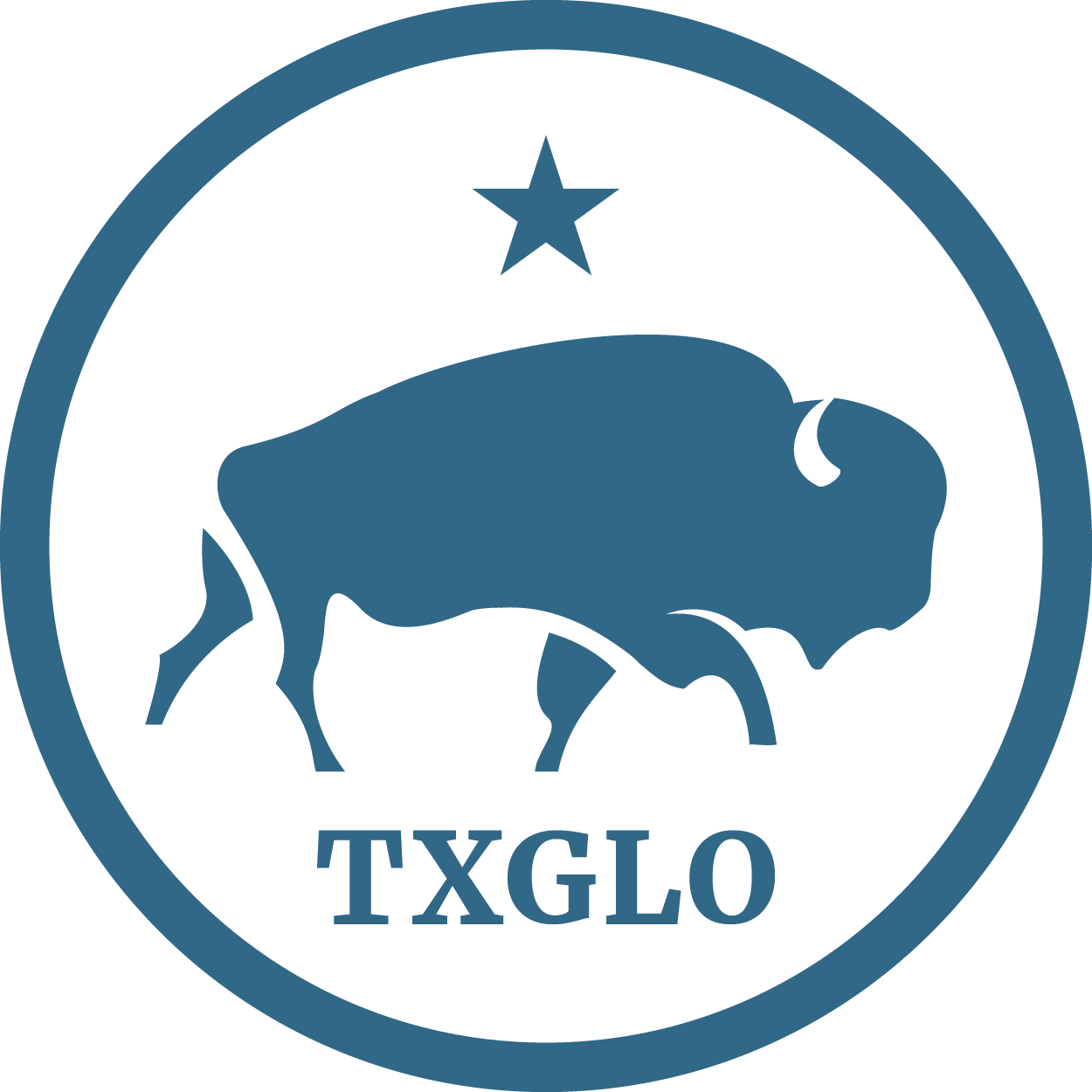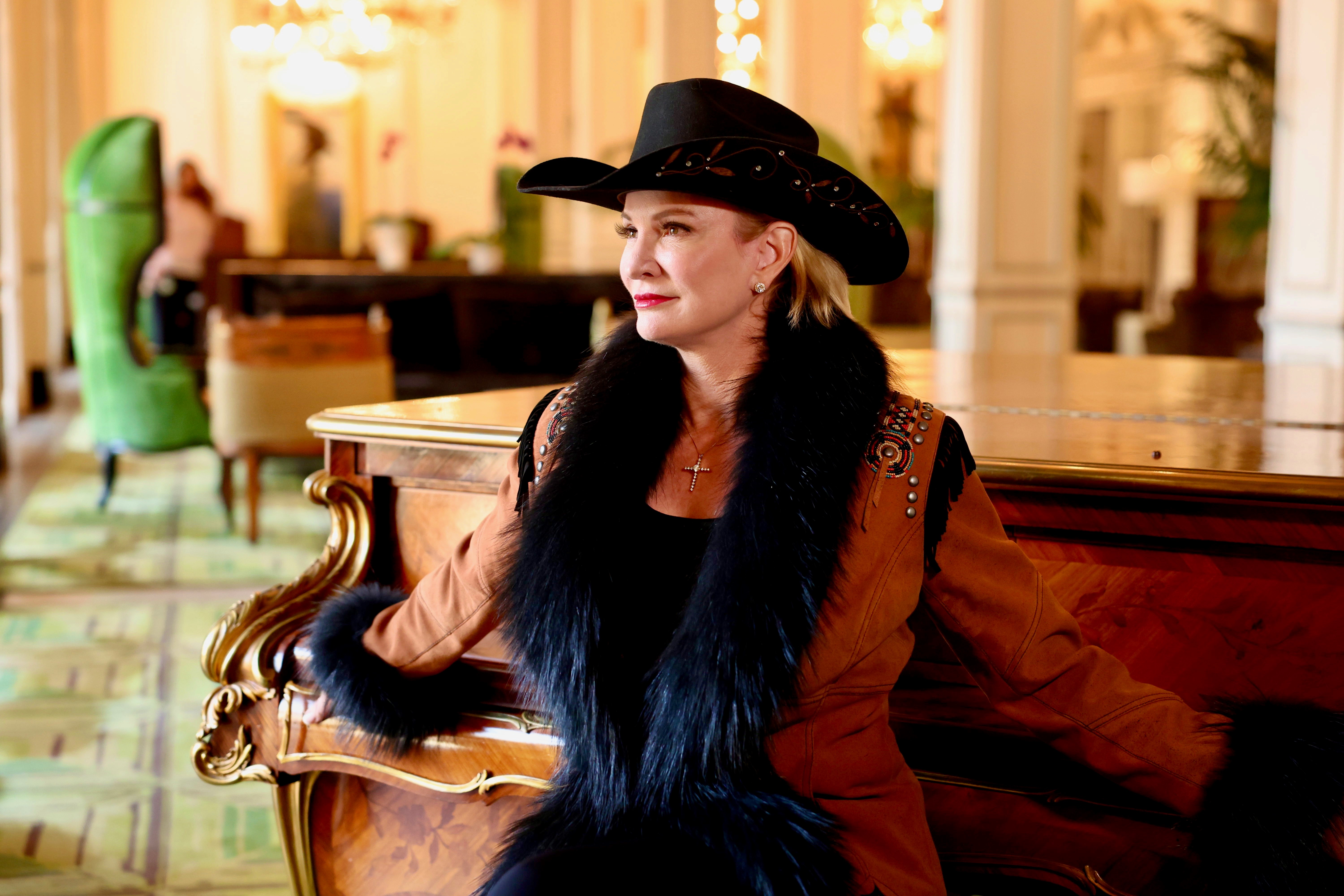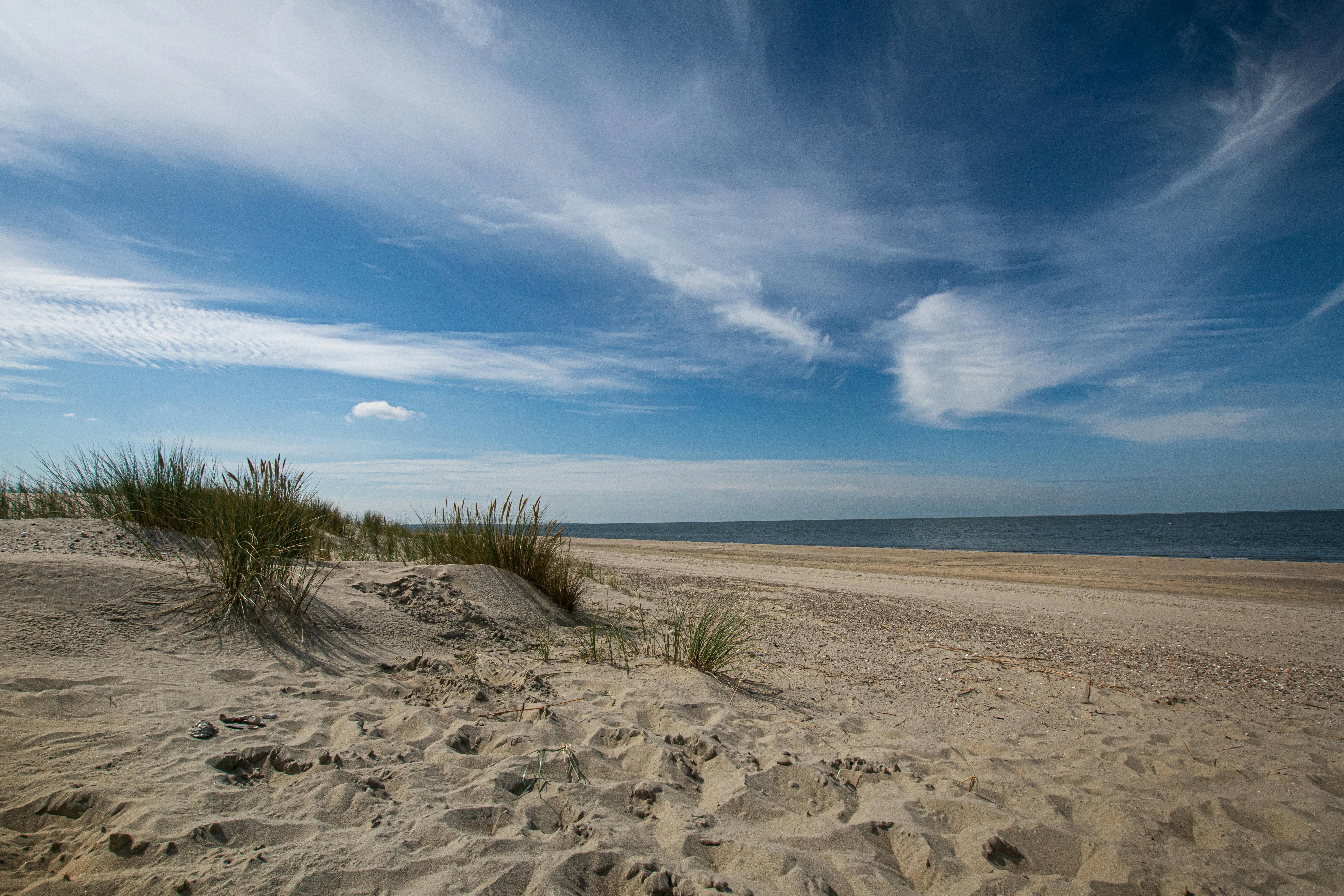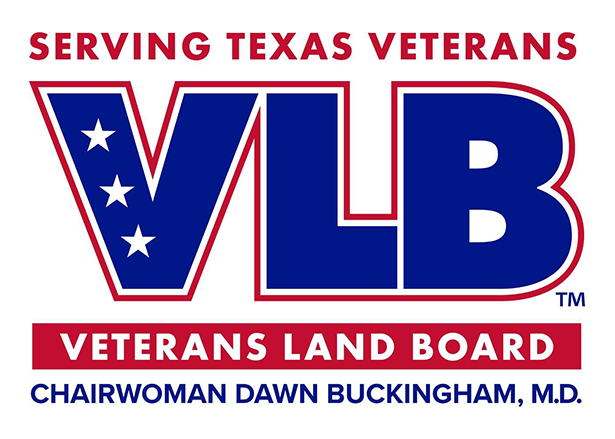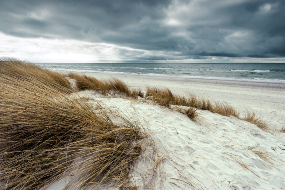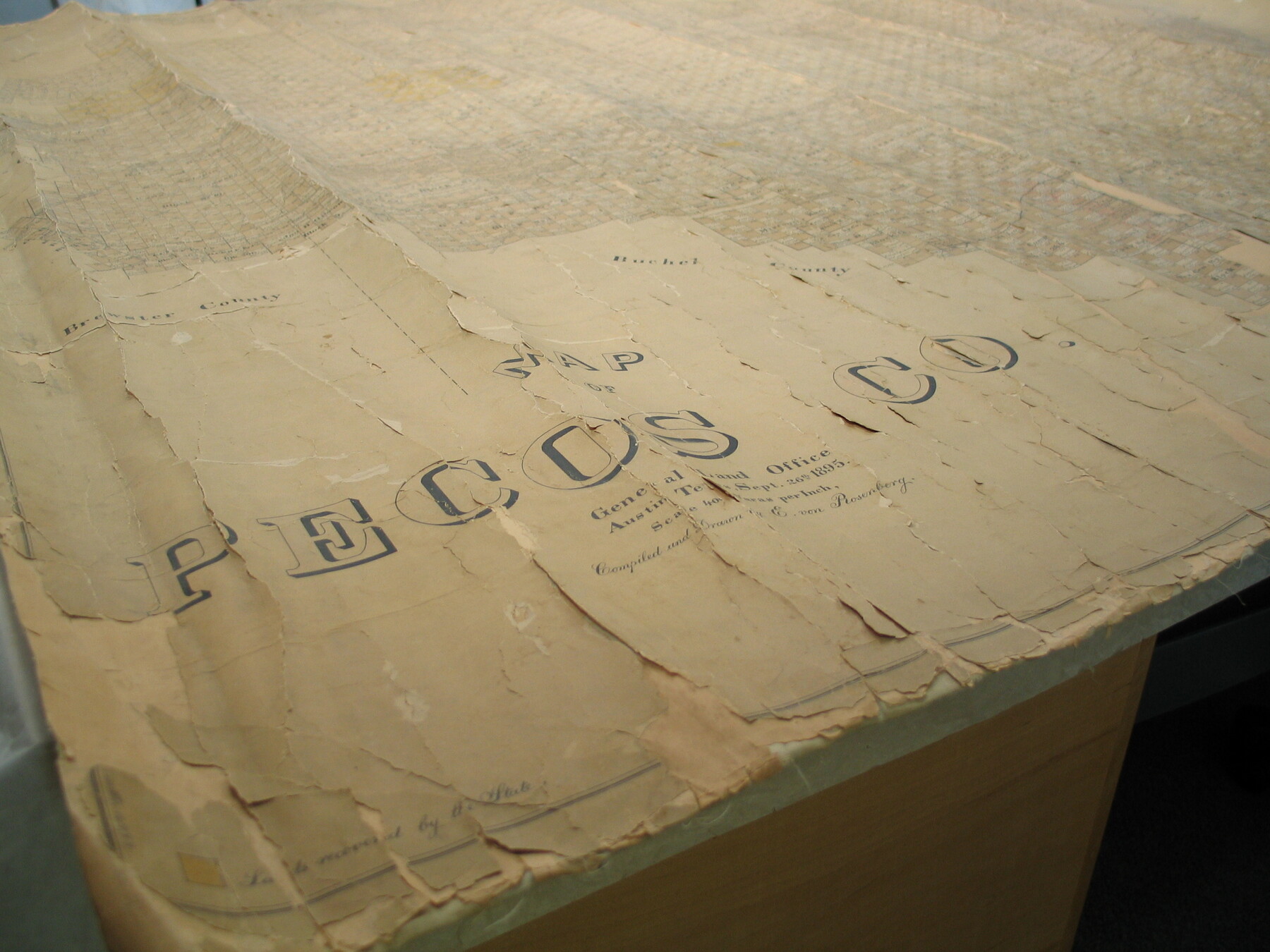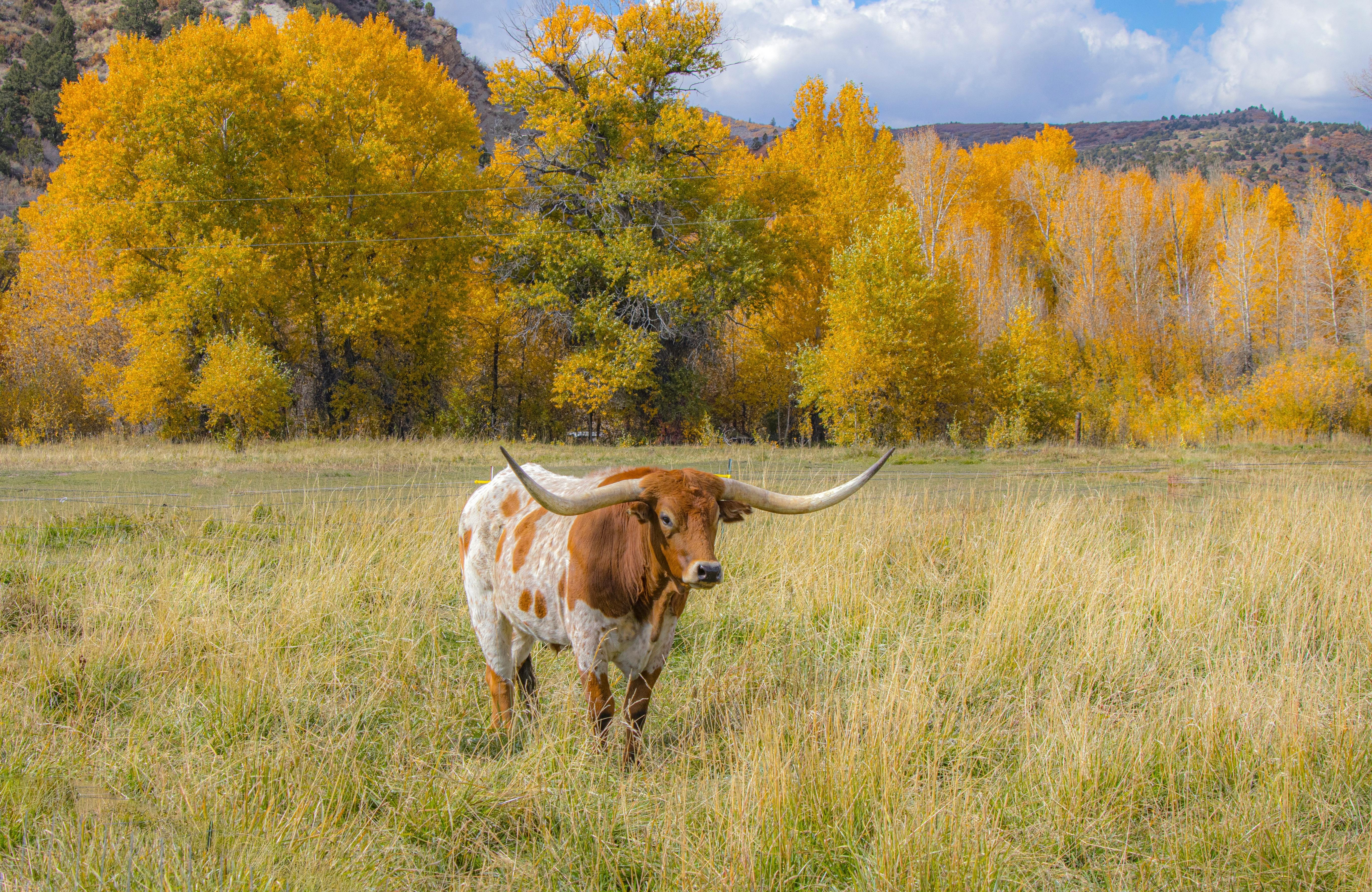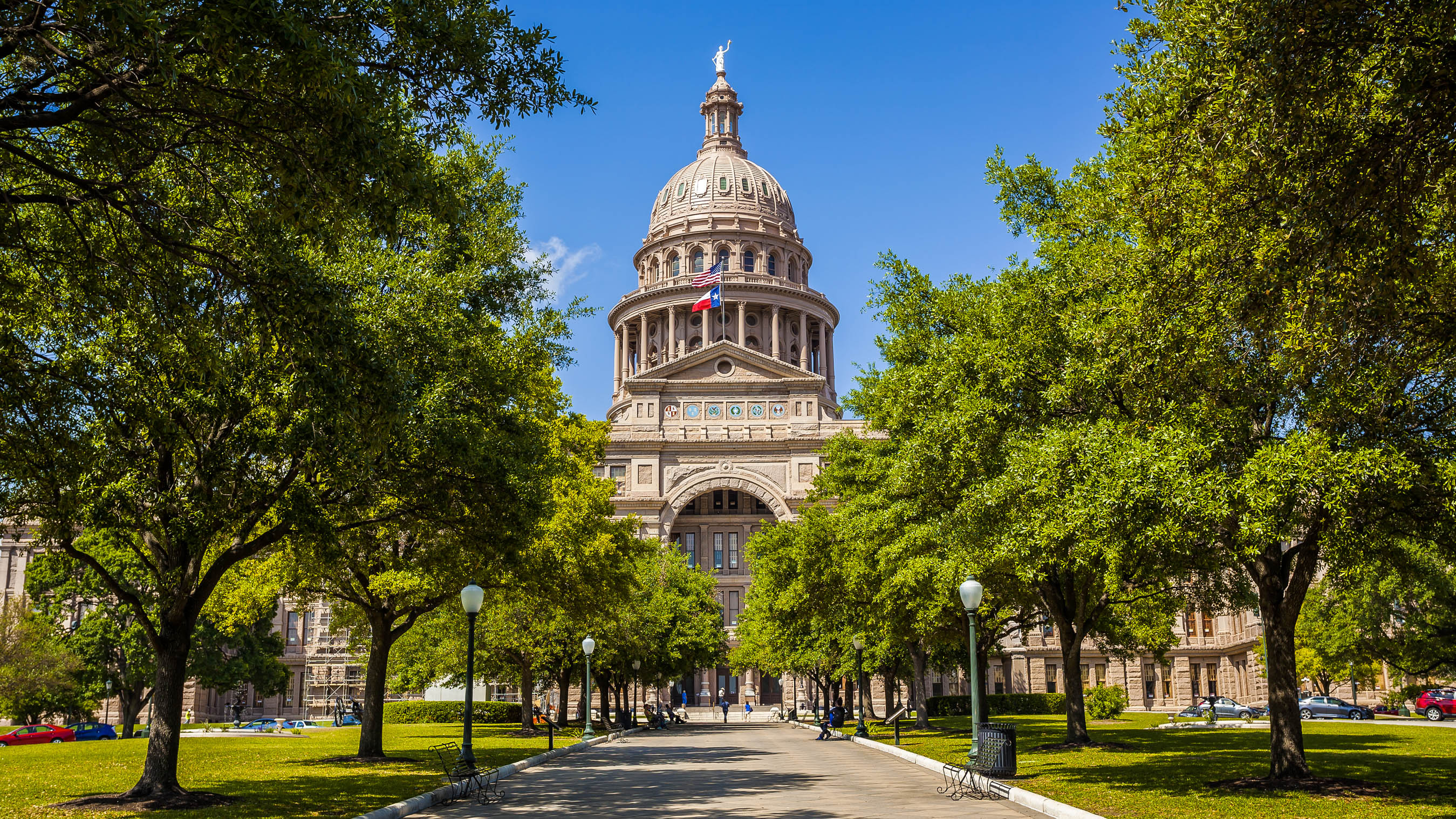County/Region:
Coastwide
Project Partner/Recipient:
Texas A&M University - Corpus Christi
Summary:
County/Region:
Calhoun
Project Partner/Recipient:
Texas Parks & Wildlife Department
Summary:
County/Region:
Cameron
Project Partner/Recipient:
Aptim
Summary:
County/Region:
Brazoria
Project Partner/Recipient:
Town of Quintana
Summary:
County/Region:
Brazoria
Project Partner/Recipient:
Brazoria County
Summary:
County/Region:
Brazoria
Project Partner/Recipient:
Town of Quintana
Summary:
County/Region:
Brazoria
Project Partner/Recipient:
General Land Office
Summary:
County/Region:
Brazoria
Project Partner/Recipient:
Brazoria County Parks Department
Summary:
County/Region:
Upper Coast
Project Partner/Recipient:
Texas AgriLife Extension
Summary:
County/Region:
Coastwide
Project Partner/Recipient:
Audubon Texas
Summary:
Audubon Texas focused on public education and outreach to underserved communities by providing educational resources to youth and teachers along the coast, supplemented with hands-on training and facilitation of experiences in the natural world.
County/Region:
Cameron
Project Partner/Recipient:
University of Texas - Pan American
Summary:
County/Region:
Coastwide
Project Partner/Recipient:
Texas A&M University - Corpus Christi
Summary:
County/Region:
Lower Coast
Project Partner/Recipient:
UT-Bureau of Economic Geology
Summary:
Reconnaissance - Level Assessment of Erosion Mitigation Options, Magnolia Beach Area, Texas( 98-034)
County/Region:
Calhoun
Project Partner/Recipient:
Calhoun County
Summary:
County/Region:
Galveston
Project Partner/Recipient:
Park Board of Trustees of the City of Galveston
Summary:
County/Region:
Jefferson
Project Partner/Recipient:
Lamar University
Summary:
County/Region:
Nueces
Project Partner/Recipient:
City of Corpus Christi
Summary:
The City of Corpus Christi (the City) will use Gulf of Mexico Energy Security Act (GOMESA) funds via the Coastal Management Program’s 25th grant cycle to acquire 24.43 acres of wetland and upland property adjacent to and contiguous with the existing Texas
County/Region:
Nueces
Project Partner/Recipient:
Friends of Redhead Pond and Environmental Stewardship Association
Summary:
County/Region:
Project Partner/Recipient:
Internal GLO Study
Summary:
